2024-11-26
The "WTA·Xianghu Dialogue 2024" was recently held in Sanya, Hainan, where global tourism leaders gathered to share insights on the topic "Creating New Advantages: Driving High-Quality Tourism Development through Transformation and Upgrading".
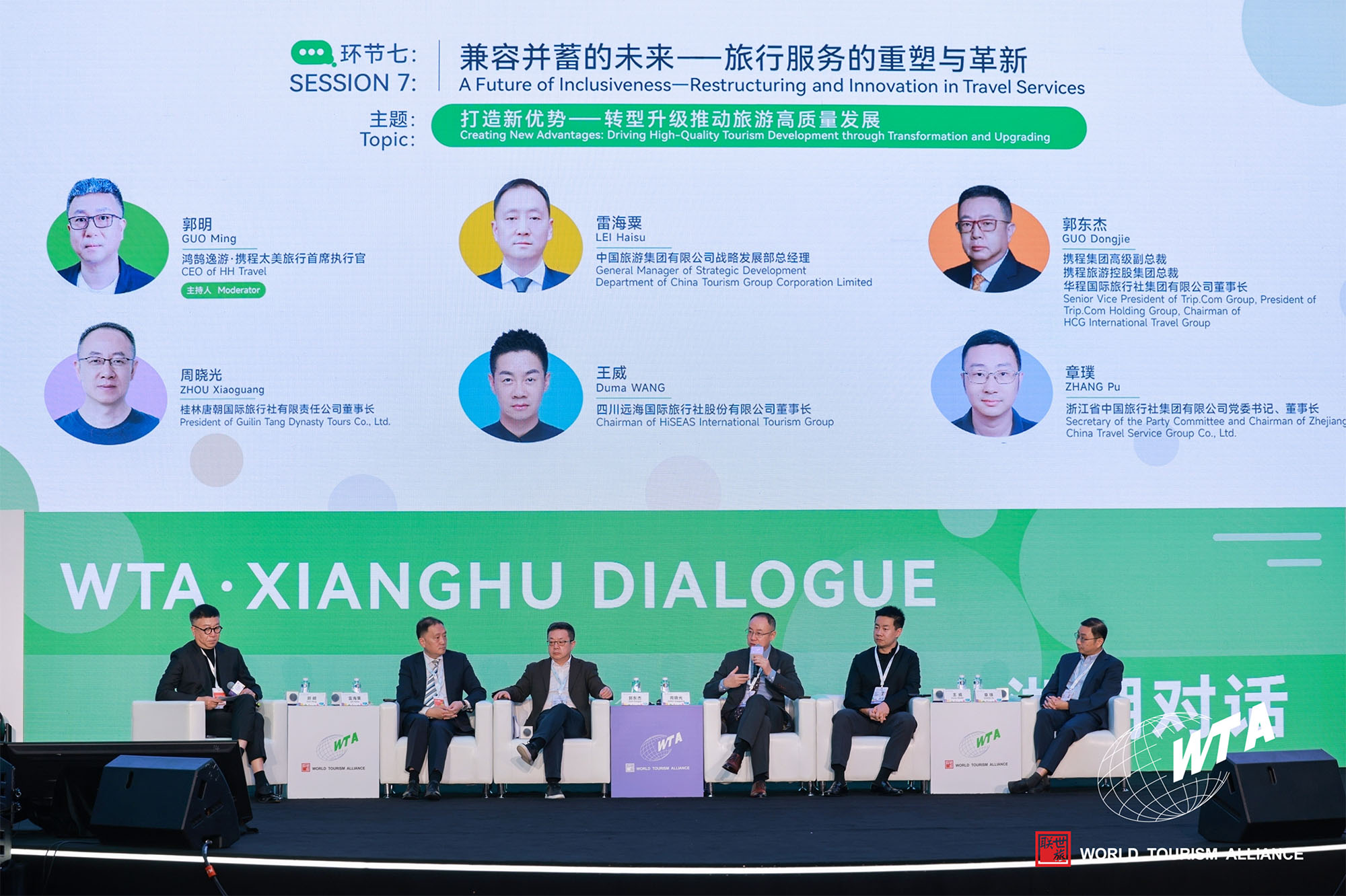
Moderator:
Mr. GUO Ming, CEO of HH Travel
Panelists:
Mr. LEI Haisu, General Manager of Strategic Development Department ofChina Tourism Group Corporation Limited
Mr. GUO Dongjie, Senior Vice President of Trip.Com Group, President of Trip.Com Holding Group, Chairman of HCG International Travel Group
Mr. ZHOU Xiaoguang, President of Guilin Tang Dynasty Tours Co., Ltd.
Mr. Duma WANG, Chairman of HiSEAS International Tourism Group
Mr. ZHANG Pu, Secretary of the Party Committee and Chairman of Zhejiang
Here is a transcript of the discussion:

Moderator: I am pleased to share some encouraging news. China, as the world’s largest source of tourists and a major destination, has witnessed the growth of its tourism industry from humble beginnings to a thriving strategic pillar. Today, tourism is seen as a key driver of public well-being and happiness, embodying its era-defining significance. This progress is both a source of pride and a mission for tourism professionals. Looking at Global Tourism Development Trends, 2024 is projected to be a year of robust growth for the global tourism sector. Both the number of travelers and revenue are set to reach new heights, with Asia and Europe driving this growth. According to the World Travel & Tourism Council (WTTC), the industry’s contribution to the global economy is forecast to hit a record $11.1 trillion in 2024, with the potential to reach $16 trillion within the next decade. This steady growth will play a pivotal role in driving global economic development, further expanding tourism’s share in the global economy. In China, the tourism market is rapidly recovering, injecting renewed vitality into global travel consumption. By the third quarter of 2024, China’s domestic tourism market has shown robust growth. With strong policy support, the industry is unlocking the potential of inbound and outbound travel and is fast-tracking its shift toward high-quality development. Today’s topic focuses on high-quality development, set against the backdrop of the "Six Excellence" strategy for the tourism industry: Excellence in Products, Services, Structure, Management, Talent, and Efficiency. Let’s now hear from our panelists as they share their insights and experiences on the path toward quality growth.

Mr. LEI Haisu: Currently, the travel services industry is facing three major challenges. 1. Inconsistent growth: While the industry is thriving overall, some sectors and business segments are not keeping pace, resulting in a slowdown in their momentum. 2. Uneven recovery across the supply chain: The recovery in midstream segments, such as travel agency operations, lags far behind that of end-user services, leaving agencies with limited capacity to lead or innovate. 3. Challenges from emerging business models: The emergence of new business models challenges the traditional role, function, and position of travel agencies within the value chain. Traditional travel agencies, which historically acted as intermediaries, are now being challenged by shifts in the industry from leading customers toward customer-centric services. Agencies face increasing competition from new media and the fragmented demands of clients in delivery. Diversified supply poses significant challenges for intermediary industries. To address these challenges, the travel services industry must accelerate transformation in four key areas: 1. Promoting internationalization: Travel agencies have distinct advantages in the global market, and the greatest growth potential lies in international opportunities. 2. Focusing on integration with everyday life: Much of the tourism sector’s growth is now tied to everyday life scenarios. Agencies must adapt and integrate tourism into daily lifestyles to sustain their market presence. 3. Prioritizing digital transformation: Neuroscience shows how consumer behaviors are influenced, and social media platforms are vying for their attention. Traditional agency roles and delivery capabilities are being replaced by new models and technological solutions. Without digital transformation, travel agencies risk losing relevance in this evolving landscape. 4. Enhancing humanized services: Delivering value and creating meaningful experiences is essential. Beyond human interaction and transactions, agencies must evolve their business models to prioritize cultural recognition and emotional warmth. Humanized service will remain a core competitive edge.
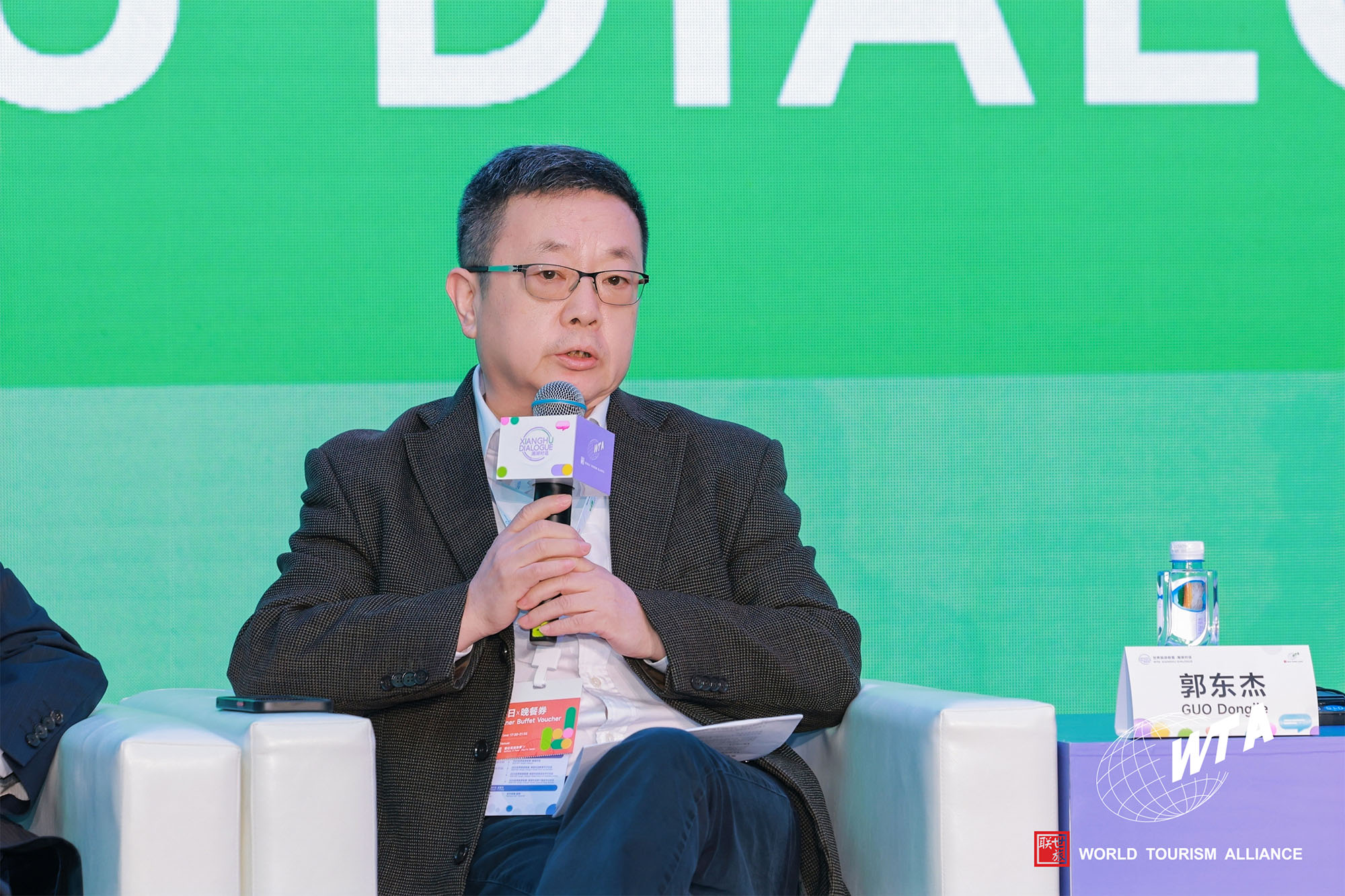
Mr. GUO Dongjie: The post-pandemic era has brought significant changes to both holding companies and online travel platforms in tourism industry, which can be summarized across three key aspects: 1. Changing Customer Demographics: The market now exhibits distinct customer segmentation trends. Group tours continue to dominate the market, with middle-aged and senior travelers growing by an impressive 26 million annually, driven by strong and specific demand. At the same time, family travelers and "post-95" consumers are rising rapidly as important segments. Our goal is to cater to these diverse interests by deeply exploring destination-based activity products, such as packaging competitions and performances into travel offerings. 2. Product Customization: We are focusing more on meeting customer needs by segmenting business lines. Group tours remain a significant revenue contributor, but we’ve introduced a new service: independent travel. These “one order, one group” services are characterized by personalization. Currently, Trip.com’s independent travel offerings, particularly customized tours, are evolving toward a platform-based model. 3. Channels Diversification: Product categories now exhibit diverse channel preferences. Trip.com has been expanding its offline presence since before the pandemic, now boasting over 5,000 stores nationwide. We are also experimenting with distribution strategies. For example, Huacheng focuses on wholesale and distribution, while HH Travel specializes in direct-to-consumer (To C) services. Both business models are actively expanding online and offline channels. To support these transformations, we are investing in three critical areas. 1. Technological Advancements: We continue to invest heavily in technology to integrate internal systems and improve coordination with the supply chain. 2. Supply Chain Management: Enhancing supply chain capabilities allows us to position Trip.com as a precise service platform. 3. International Expansion Acceleration: Trip.com’s travel services now cover the globe, with overseas growth outpacing domestic markets. Trip.com is now competing with leading global online travel agencies. Moving forward, we plan to collaborate with local partners to operate destination-specific group tour products, offering superior services to Chinese and Asian travelers.
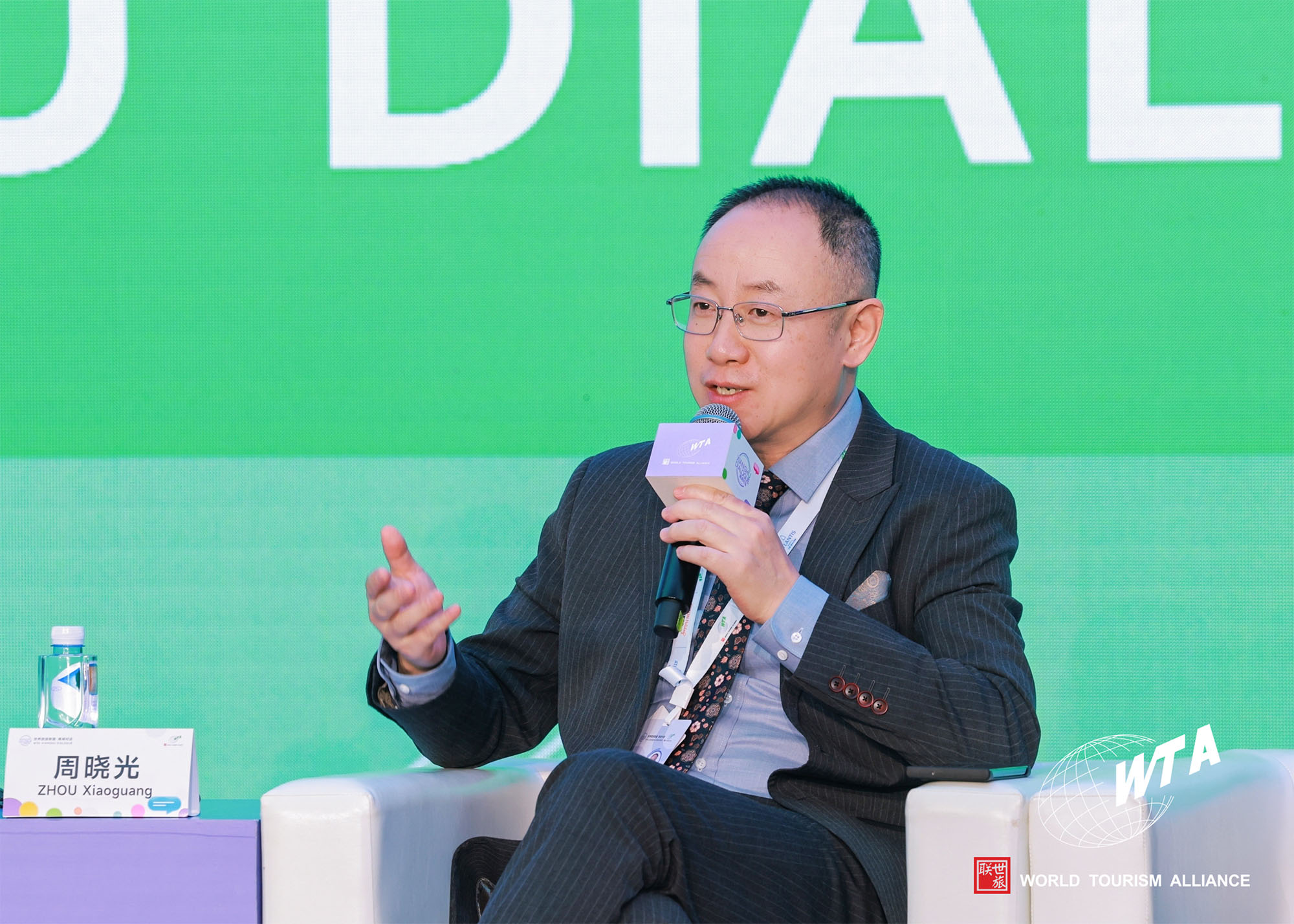
Mr. ZHOU Xiaoguang: For the inbound tourism industry, 2024 is undoubtedly a year of robust recovery, with significant changes in market dynamics. Compared to 2023, the sector has seen notable growth. Based on my observations, inbound tourism has recovered to approximately 40% of 2019 levels—several times higher than the figures for 2023 . However, we still face significant challenges: 1. Ticketing Issues: With the boom in domestic tourism, popular attractions such as the Terracotta Warriors, the Forbidden City, and Yangshuo’s bamboo rafts face overwhelming demand during peak seasons, making tickets and transportation extremely difficult to secure. For inbound tour operators, acquiring tickets for scenic spots, trains, and high-speed rail during busy seasons is a major headache. 2. Talent Shortages: Over the past three years, the severe impact on inbound tourism led to a massive outflow of talent from the industry. Even more concerning, there has been little fresh talent entering the field, resulting in a critical workforce gap that hampers recovery efforts. 3. Convenience for Inbound Tourists: Barriers persist that hinder the experiences of inbound travelers. For instance, efforts should be made to enhance access to internet and social media platforms, enabling them to easily share their experiences in China. Additionally, hotels should consider adding more international TV channels to their systems, allowing tourists to stay connected with the world during their stay.
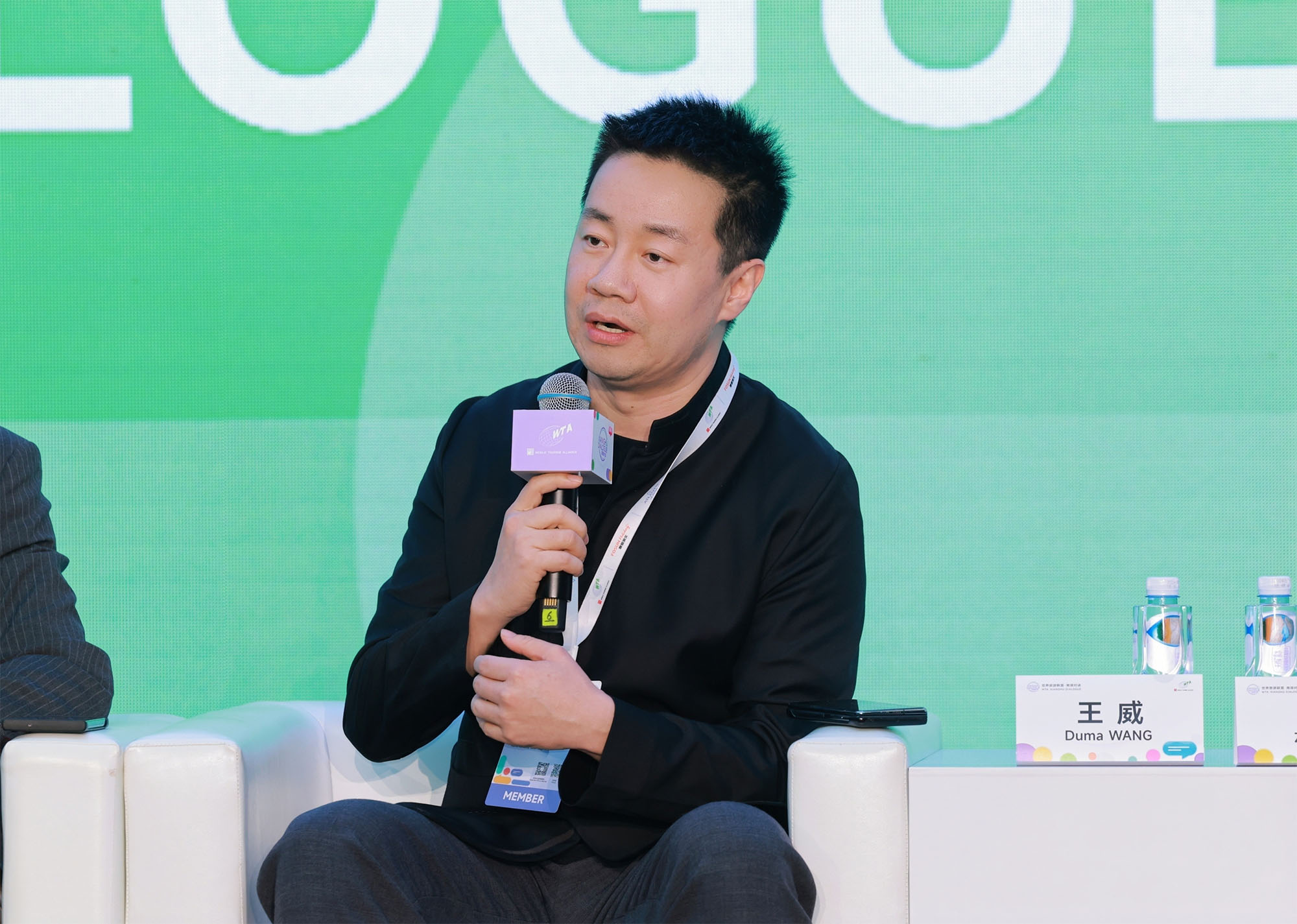
Mr. Duma WANG: We are a vital part of Trip.com’s supply chain, dedicated to serving Asian travelers for many years. As a destination service provider, we are deeply attuned to shifts in market demand and continuously innovate in tourism product offerings. With China’s societal progress, especially among younger generations like "post-80s" and "post-90s", has significantly raised expectations for long-distance travel. For instance, "post-80s" travelers increasingly value a sense of "escape" in their journeys, with Swiss in-depth tours being especially popular this year. We’ve observed that travelers no longer settle for traditional accommodations but prioritize a more relaxing and comfortable travel atmosphere. Chinese travelers’ cultural awareness, travel tastes, and deeper understanding of travel’s purpose have undergone profound changes. This shift reflects in consumption patterns at travel destinations. Nowadays, tourists are spending more on dining and lodging experiences, which contrasts with pre-pandemic trends when European destinations primarily associated Chinese travelers with shopping. This evolving value system has elevated overall travel experiences and deepened appreciation for European culture. From both a personal consumption perspective and a bridge for cultural exchange between Europe and China, this trend offers valuable inspiration for the industry. To meet these evolving demands, we can learn from Europe’s well-established destination service systems, particularly in catering to travelers seeking escapism. However, challenges remain. Asian services are renowned for their efficiency, comfort, and meticulous care, whereas European services differ due to high labor costs and sustainability priorities, which limit service scalability. We must bridge these gaps by providing more guidance and explanations to travelers. We urge industry associations to pay closer attention to the needs of Asian tourists and promote services tailored to their expectations in hotels catering to Asian visitors, bridging the gap between Asian and European service models.
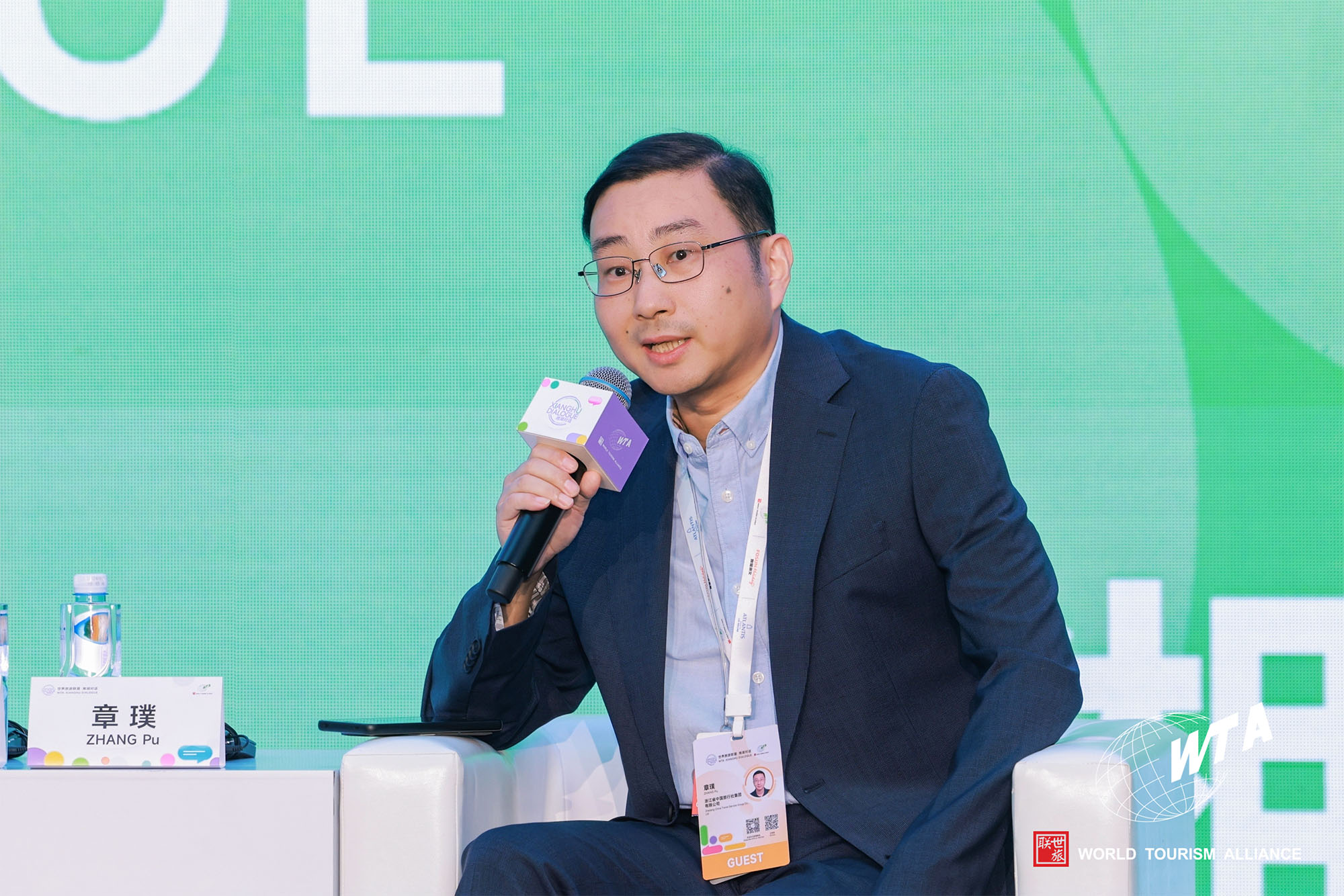
Mr. ZHANG Pu: After the pandemic, the travel industry was filled with optimism for the future. However, this year’s consumer downturn has brought new challenges, placing the industry in a difficult position once again. This highlighted the urgent need for travel agencies to embrace transformation and upgrades. At Zhejiang China Travel Service, a subsidiary of the Zhejiang Tourism Investment Group, we are aligning with the national focus on high-quality development. Leveraging our marketing strengths and our parent company’s premium resources, we’ve taken the lead in establishing a comprehensive marketing center. This center integrates resources from hotels, scenic areas, exhibitions, and property management to build a tourism platform for product development and promotion. The platform has already achieved significant market recognition. We have distilled the essence of high-quality development into two words: innovation and technology. Traditional travel agencies must first leverage technological tools to enhance management and refine product systems. Internally, we’ve transitioned from manual management to digital operations, particularly in financial management, which has significantly improved efficiency. In terms of product diversification, we are shifting from a predominantly group-tour model to a dual-engine approach combining traditional group tours with customized travel. While our foundation is built on tourism product development, we are taking gradual steps toward resource integration. On the marketing front, we’ve utilized technology to deploy online platforms across 10 counties and 99 regions in Zhejiang. This has transformed our strategies from traditional offline approaches to an interactive online-offline model. Looking ahead, I firmly believe that travel agencies will continue to play pivotal roles as curators of premium resources, designers of quality products, and practitioners of superior services.
Moderator: The core essence of high-quality development in tourism lies in deeply optimizing the industry’s structure and significantly enhancing its development quality and operational efficiency. This necessitates the continuous exploration and realization of the intrinsic value of tourism resources, as well as the innovation and upgrading of consumer behaviors. By doing so, we can create travel experiences that offer deep engagement and immersion, guiding the industry towards a higher level of development.